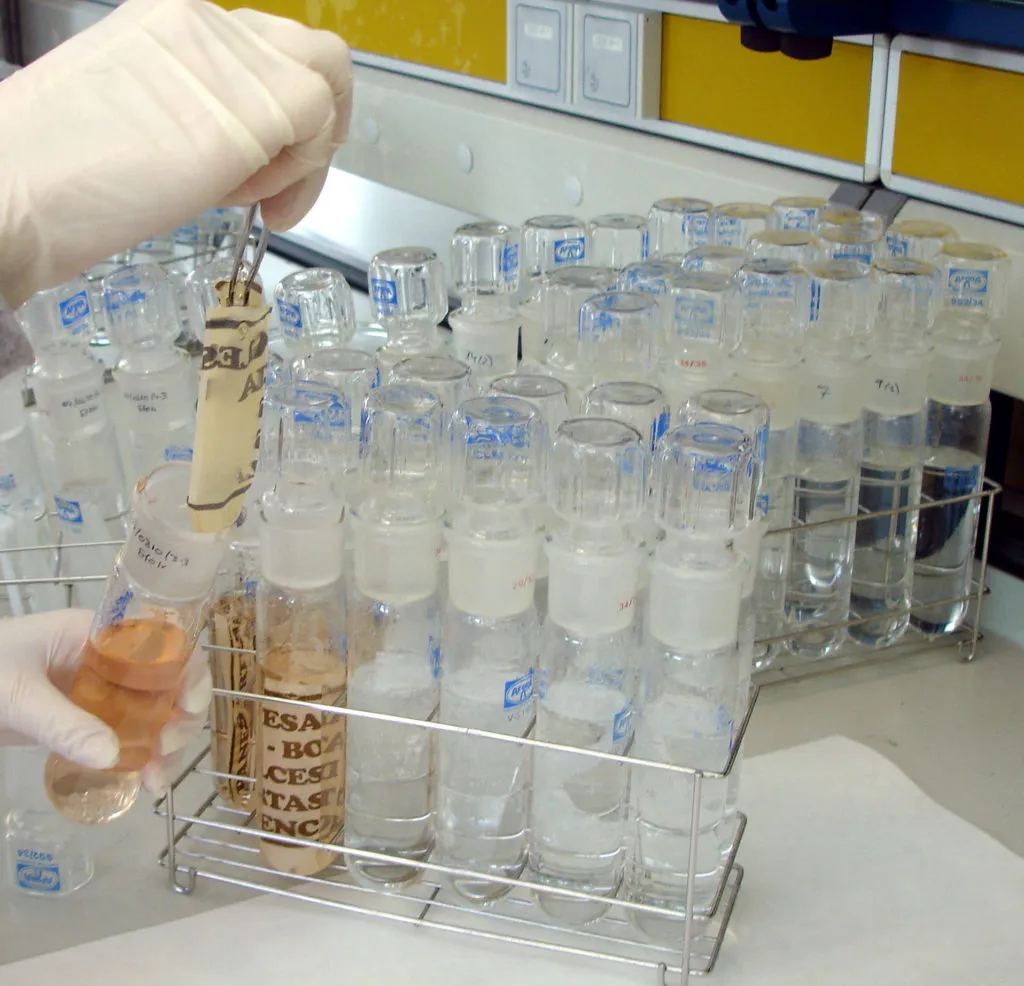Migration and plastics: false facts about the replacement of specific migration with overall migration

There is one point companies are not frequently quite sure about: whether they need or not to perform specific migration tests in plastic materials intended to come into contact with food and the possibility of screening these tests through overall migration.
Firstly, it should be noted that provided that when plastic materials and articles intended to come into contact with food contain substances with restrictions listed in REGULATION (EU) No 10/2011 on plastic materials and articles intended to come into contact with food, it is necessary to verify that these materials comply with the specific migration limits for these substances. For that purpose, it will be necessary to perform specific migration tests and only in some cases, it will be correct to screen these tests with an overall migration test.
Among the different techniques to screen the specific migration tests described in REGULATION (EU) No 10/2011 there is ‘the replacement of specific migration with overall migration’ (Annex V, Section 2.2). In this sense, it is necessary to consider different aspects to perform the tests complying with regulation.

Aspects to be considered
- From the analytical point of view, overall migration in aqueous simulants (A, B, C, D1) does not consider volatile substances, since, during the test, the food simulant is removed by evaporation before weighing the waste. For that reason, only if the substance is not volatile it is correct to consider the screening of specific migration with overall migration. Besides not being volatile, substances must be stable (they must not decompose or react with the simulant, forming volatile reaction products), which must be demonstrated by recovery tests.
- Concerning the testing conditions, we must take into account that, in many cases, they do not coincide in specific migration and overall migration. In this sense, to screen specific migration of non-volatile substances through overall migration, it is necessary to perform overall migrations tests in conditions as strict as for specific migration.
- On the other hand, we must keep in mind the analytical tolerance of the overall migration test in aqueous simulant (12 mg/kg), so that only non-volatile substances with a specific migration limit higher than 12 mg/kg could be screened with overall migration, as long as the result of the overall migration (mg/kg simulant) is lower than the specific migration limit of the non-volatile substance. Similarly, overall migration test in simulant D2 has an analytical tolerance of 18 mg/kg, hence only substances with a specific migration limit higher than 18 mg/kg could be screened by replacing specific migration with the D2 overall migration test.

Raquel Requena Peris | Food Contact and Packaging department